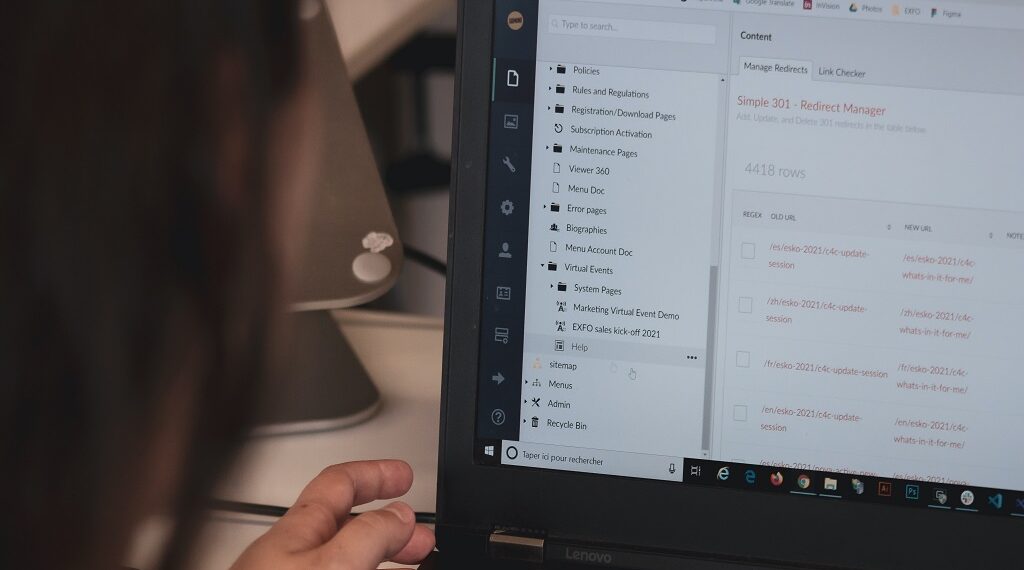Have you heard the phrase ‘the cloud’ used in conjunction with high-tech stuff? Doesn’t that sound exciting? There’s so much buzz of late about the cloud and how it’s going to change the way we do business, work, and maybe even live. But what is it? What does ‘the cloud’ refer to?
In the digital era, information is power. Cloud computing today is one of the most important parts of life’s daily technology usage. It’s what allows us to be online anywhere, anytime; it makes our use of social media more convenient, and most importantly, it’s the space where our information is stored and available for us whenever we want it. The cloud is the center of something much bigger than all of us: a smarter life. It is the only smart choice to make business operations more efficient. It gets you beyond the limitations posed by your current hardware or software capabilities. With cloud computing, every business can look forward to greater productivity than ever before.
Here’s a detailed breakdown of what the cloud actually is and how it works.
Definition
The cloud is a funny and confusing term that has been used to describe software and services running on the Internet, as opposed to software installed on your computer. It is not a whimsical place where data floats around inside fluffy white clouds. It is a massive network of computers connected together, so everything is accessible from any computer that has internet access.
Web browsers are a convenient way to access cloud services. With Firefox or Google Chrome, you can access many cloud services like social networking, email, or photo storage sites directly through your browser.
Examples
Cloud computing delivers many business applications. For example, it offers Google Drive for creating and storing files online; Apple iCloud for storing and backing up your documents and other data; Netflix for streaming movies; Yahoo Mail for sending and receiving email; Dropbox for sharing files online; Microsoft OneDrive for keeping your important work documents in sync between computers and the web.
Advantages
The cloud provides you with a lot of freedom–you can access your information on any device with an Internet connection, and it allows you to continue working on a file that you started at home when you get to the office. It’s also a way for colleagues to collaborate on the same document.
Meanwhile, you can store and view your entire photo collection—no matter its size or file format—without running out of memory on your laptop or smartphone, thanks to a service like Amazon Cloud Drive.
Thanks to cloud-based computing, people don’t need high-end machines to get their work done. Google has created Chromebooks as a low-cost option for the education market, and some companies are making cloud-based computers for consumers.
Disadvantages
The cloud has its downsides, too. Without a constant Internet connection—or with one that’s unreliable—you can’t access your data. Supposing there’s an issue with the server or technical glitches occur, you could be locked out of accessing your programs.












